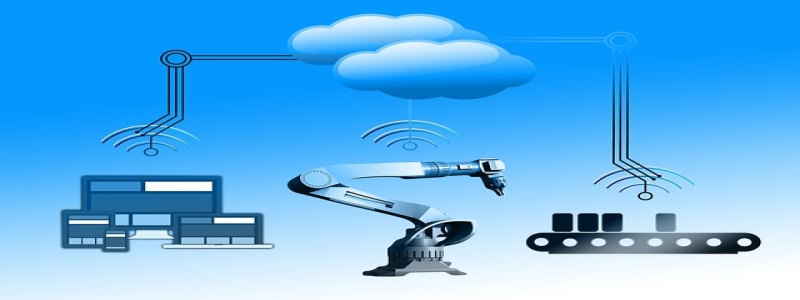Ethernet Cable Labeling
introduzione:
In a modern world heavily dependent on technology and connectivity, ethernet cables have become a vital component in establishing a network infrastructure. Ethernet cable labeling is essential for effectively managing and organizing the network setup. This article will provide a comprehensive guide on the importance of ethernet cable labeling and how to label ethernet cables properly.
IO. Importance of Ethernet Cable Labeling:
A. Organizational Efficiency:
One of the primary reasons for ethernet cable labeling is to enhance organizational efficiency. With a well-defined labeling system, network administrators can quickly identify and trace cables, reducing the time spent troubleshooting and improving overall productivity.
B. Easy Identification:
Ethernet cable labeling helps in easily identifying specific cables. Proper labeling ensures that cables can be easily distinguished, preventing confusion and minimizing the chances of incorrect connections.
C. Quick Maintenance and Repairs:
When a network issue arises, quick identification of faulty cables is crucial to minimize downtime. Ethernet cable labeling enables technicians to quickly locate and rectify the problem, thereby reducing network downtime and improving efficiency.
II. How to Label Ethernet Cables:
A. Plan the Labeling Strategy:
Before labeling ethernet cables, it is essential to plan a systematic labeling strategy. This involves determining the labeling structure, such as using color codes, numeric or alphanumeric labels, or a combination of both.
B. Choose the Labeling Method:
Ethernet cables can be labeled using various methods, including adhesive labels, label wraps, or heat shrink tubing. It is crucial to choose a method that is durable and long-lasting to ensure the labels remain intact even in complex network setups.
C. Label Placement:
Labels should be placed near each end of the cable, ensuring they are visible and easily readable. The label should contain relevant information such as the cable’s purpose, endpoint devices, or network location.
D. Consistency:
Maintaining consistency in labeling is essential for easy identification and management. It is recommended to follow a standardized labeling format throughout the network, enabling network administrators to easily understand the cable’s purpose and function.
III. Best Practices for Ethernet Cable Labeling:
A. Use Color Codes:
Implementing a color coding system for ethernet cables can significantly enhance cable identification and organization. Assigning different colors to different types of cables or network segments provides a quick visual reference, reducing the chances of errors.
B. Document the Labeling System:
Maintaining detailed documentation of the labeling system is crucial for future reference and network expansions. This documentation should include information such as the location of cables, cable lengths, and connections to enable efficient troubleshooting and upgrades.
C. Regular Maintenance:
Regularly inspecting and updating ethernet cable labels is essential to ensure the labeling system remains accurate and up to date. Over time, cables may be moved, replaced, or added, necessitating periodic checks to maintain an organized network infrastructure.
Conclusione:
Ethernet cable labeling plays a vital role in efficiently managing and organizing network setups. By implementing a well-planned and consistent labeling system, network administrators can easily identify, trace, and maintain ethernet cables, thereby improving overall network efficiency and reducing downtime. Proper labeling, combined with best practices and regular maintenance, ensures a streamlined network infrastructure that supports seamless connectivity and productivity.








